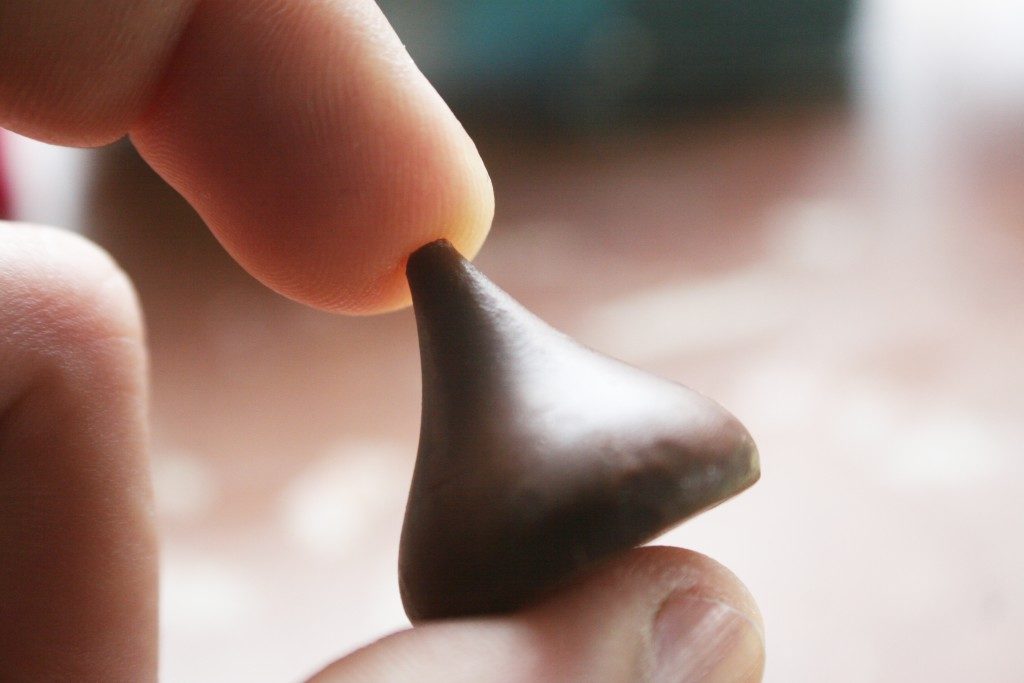Chocolate is, without a doubt, one of the most popular foods known to man. Chocolate bars, for example, are produced on a mass scale for everyone to enjoy. Chocolate is present everywhere and can be eaten alone, added to food, and used for other purposes.
No matter what your dentists at Casey Dentists tell you, chocolate has proven to be beneficial in our physical and mental well-being. But be sure to take their advice on brushing your teeth, especially after eating chocolate.
How it is Made
To fully appreciate the joys that chocolate can bring, we can take a closer look in the process of how it’s made and its origin story. Chocolate comes from cacao trees native to Central and South America. These trees grow fruits that are known as pods; each pod contains about 40 cacao beans.
When these beans are dried and roasted, they become cacao beans. It is unknown how this process came to be and how cacao was invented. However, history can direct us to how chocolate came about.
Early History
The most accurate accounts of cacao date back to the Olmecs, who used cacao to create ceremonial drinks. The knowledge of cacao was then passed on to the Mayans of Central America, who revered chocolate more than just consuming it. Like chocoholics today, Mayans revered chocolate and enjoyed it at home.
The Aztec civilisation brought their love for chocolate to a higher level and believed it to be a gift from the gods. The value of chocolate higher than gold, which meant it was used as a currency for purchasing other goods.
Unlike the Mayans, chocolate in the Aztecs was saved for special occasions like weddings and celebrations. One of the most notable chocolate lovers was Montezua II, an Aztec ruler who saw chocolate as an aphrodisiac and reserved many cacao beans.
The arrival of chocolate in Europe is met with conflicting stories. Some accounts say that Christopher Columbus discovered cacao while others claim it to be the conquistador Hernan Cortes. Regardless of how chocolate arrived, it was enjoyed by the Spanish court and began being imported in the 1500s.
Its popularity soon spread across Europe, with people adding sugar and spices for improved flavour. Chocolate soon reached the American colonies with the arrival of a Spanish ship in Florida.

Mass Market
Thanks to a Dutch chemist named Coenraad Johannes van Houten, chocolate became easier to mix because of its conversion to cacao powder. This opened the doors for chocolate to be produced quickly and in large quantities.
From here, chocolate would gain its smooth consistency through the efforts of Rudolf Lindt in 1879. By the late 19th century, chocolate companies began producing the chocolate bars we know today.
Health Benefits
Chocolate has gotten a bad reputation for causing cavities and tooth decay. According to the ADA, chocolate is easier to wash down compared to other sweets. This means that we can still enjoy chocolate and the many benefits it can give.
Dark chocolate is categorised by having cocoa above 70%, giving it a richer flavour and more health benefits.
- For the Brain. Chocolate contains epicatechin, which helps in protecting the brain against sticky proteins that can develop Alzheimer’s.
- For the Heart. Dark chocolate is known to lower blood pressure and contains flavonoids, chemicals that widen blood vessels.
- For your Mental State. Chocolate’s smell, taste, and texture stimulates the brain. Amino acids contained in chocolate also stimulates the production of serotonin, a chemical that boosts our mood and feelings of love. No wonder it is a popular choice as a gift for Valentine’s Day.
Chocolate is here to stay, and it will continue to give happiness to people for years to come.

